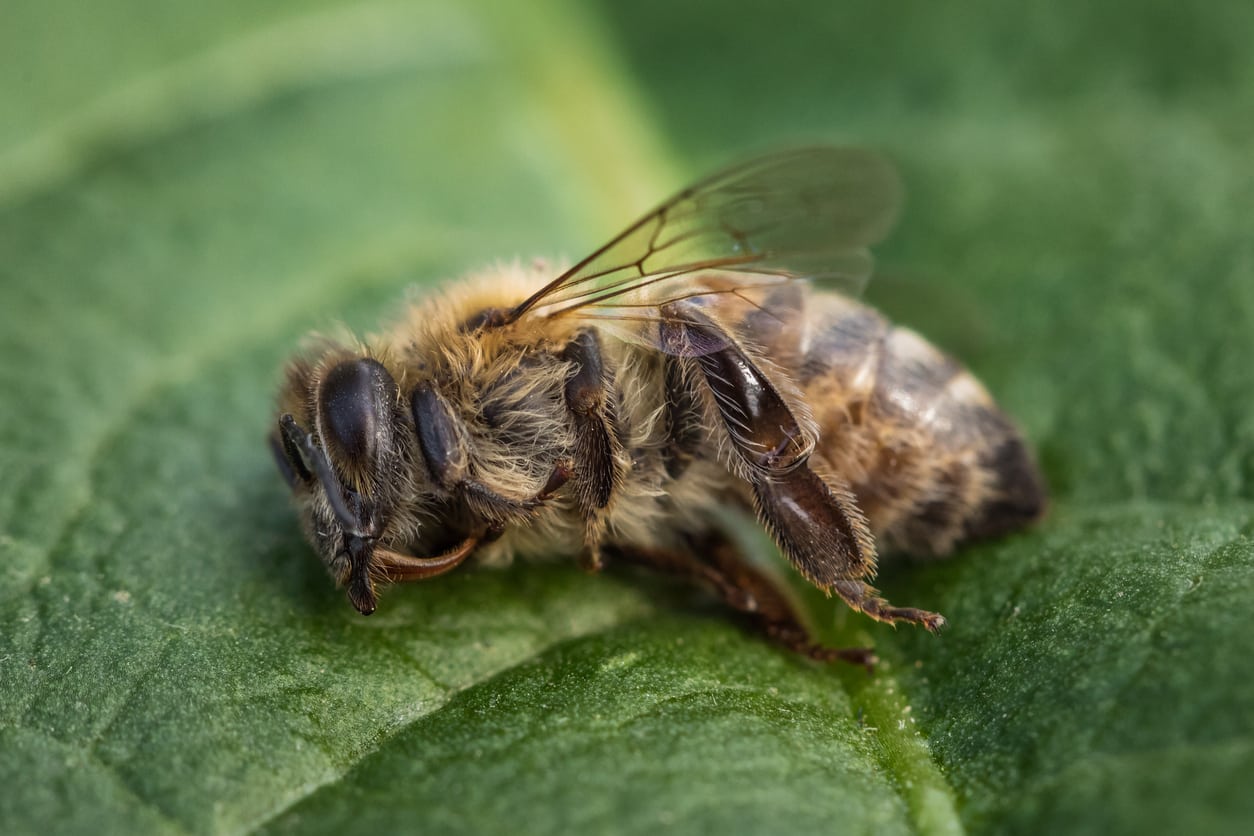Bee Hazard Labels – What Are Bee Hazard Warnings


If you pick up a pesticide these days, you may find bee hazard labels on the bottle. That’s to warn about pesticides that harm bees, American’s number one pollinator insect, and to inform consumers of how to protect bees. What are bee hazard warnings? What do bee hazard warnings mean? Read on for an explanation of the bee hazard labels and the purpose they are intended to serve.
What are Bee Hazard Warnings?
The western honeybee is the top pollinator in this country. This bee is credited with most of the pollination activity required to produce up to one-third of the nation's food supply. Over 50 major crops in America are dependent on honeybees for pollination. The need is so acute that agricultural companies rent honeybee colonies for pollination. Other types of bees also help with pollination, like bumblebees, mining bees, sweat bees, leafcutter bees, and carpenter bees. But certain pesticides used on agricultural crops are known to kill these species of bees. Exposure to these pesticides can kill individual bees and even entire colonies. It can also render the queen bees infertile. This is reducing the number of bees in the country and is a cause for alarm. All pesticides are regulated by the Environmental Protection Agency (EPA). They have started requiring bee hazard warnings on some products. What are bee hazard warnings? They are warnings on the outside of pesticide containers stating that the product can kill bees.
What Do Bee Hazard Warnings Mean?
If you’ve ever seen the icon of a bee that is part of a bee hazard warning on a pesticide, you may wonder what the warnings mean. The bee icon accompanied by a hazard warning makes clear that the product can kill or harm bees. The icon and accompanying warning are intended to help protect bee pollinators from chemicals that can harm or kill them. By making users aware of the danger, the EPA hopes to reduce bee deaths due to pesticide use. When a gardener uses the product in his or her backyard, steps can be taken to avoid using the product where bees will be hurt. The warning label provides information on how to do this. This warning urges gardeners to protect bees by not using the product on plants where bees might forage, like on weeds that are flowering for example. It also tells gardeners not to use the product in a way that allows it to drift into areas where bees may forage. For example, it notes that bees can be present if any flowers remain on shrubs and trees. The gardener should wait until all blossoms fall before spraying pesticides that harm bees.
Sign up for the Gardening Know How newsletter today and receive a free copy of our e-book "How to Grow Delicious Tomatoes".

Teo Spengler is a master gardener and a docent at the San Francisco Botanical Garden, where she hosts public tours. She has studied horticulture and written about nature, trees, plants, and gardening for more than two decades, following a career as an attorney and legal writer. Her extended family includes some 30 houseplants and hundreds of outdoor plants, including 250 trees, which are her main passion. Spengler currently splits her life between San Francisco and the French Basque Country, though she was raised in Alaska, giving her experience of gardening in a range of climates.